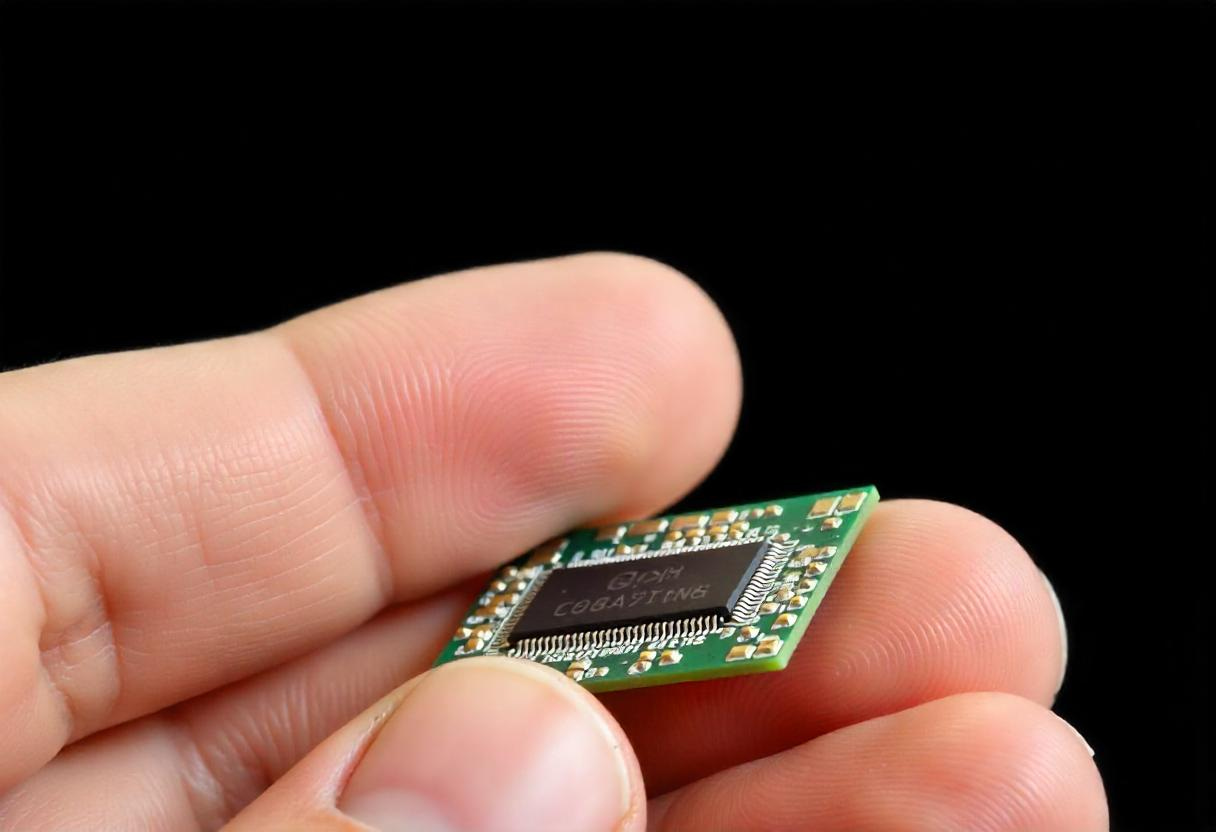MOND Researcher Doubles Down on Deviation from Newton’s Law
Kyu-Hyun Chae from Sejong University in South Korea has published new results suggesting that gravity is stronger than predicted by Newton’s law at small accelerations. Using Gaia data for 312 wide binary stars, Chae reconstructed full 3D orbits and found a boost of 34–48% in gravitational strength at low accelerations consistent with Modified Newtonian Gravity (MOND). The deviation is at 4.2 σ significance. These findings reinforce Chae’s earlier work but disagree with the finding of another group, which claims that wide binaries rule out modified gravity. Paper here. Press release here.
Fastest Transistor Ever
Researchers from the University of Arizona have developed the basis for a processor that could run a million times faster than today’s best silicon-based computers. They made it work with transistors that can be switched on and off by light pulses in just about 600 attoseconds. This means these transistors can operate at more than 1 PetaHertz, whereas today’s fastest processors operate in the GigaHertz range. It is the first demonstration that this method works, which does not require cryogenic cooling. Paper here. Press release here.
Mysterious Double Pulses Detected in Search for Alien Signals
A researcher from Shay Meadow Observatory in California has discovered unexplained, near-identical double flashes of starlight while scanning the skies for optical signals from extraterrestrial intelligence. The pulses, which are less than a tenth of a second each and separated by a few seconds, appeared almost identically in observations of two different stars taken four years apart. After ruling out planes, satellites, meteors, birds, and atmospheric effects, the author suggests the pulses may be due to a small object located in our solar system passing in front of the stars, though that wouldn’t explain the double pulse. For the time being, no one knows what it is. Paper here.







